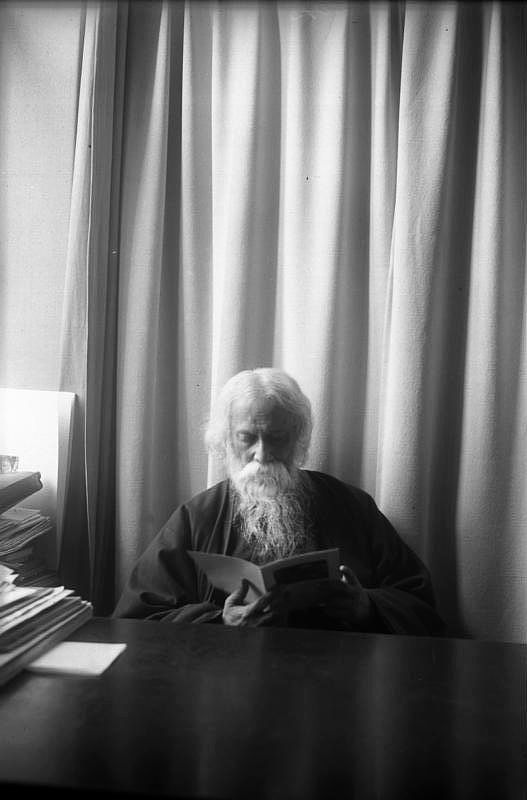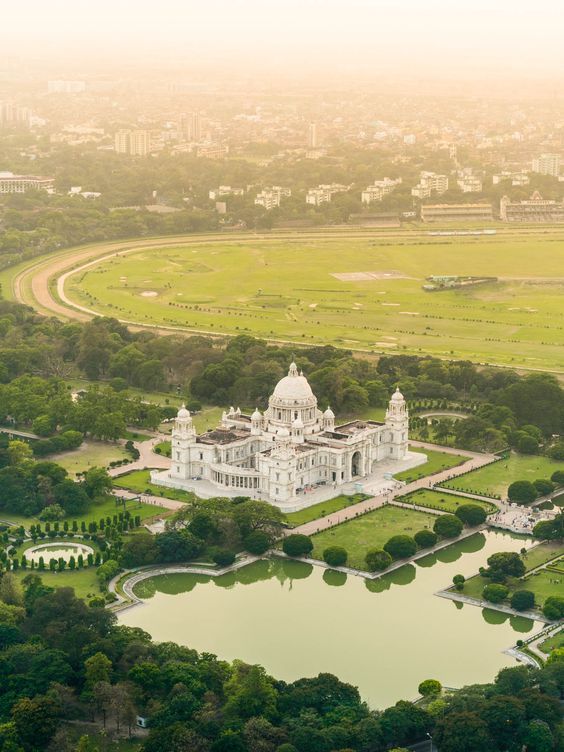Creativity, Complexity, Chaos And Calcutta.
May 07, 2019 • 52 views
Between roughly 1840 and 1920, Calcutta was one of the world’sgreat intellectual capitals, the heart of a creative flourishing that spanned the arts, literature, science and religion. The city gave the world a Nobel Prize Winner (Asia’s first), An Academy Award winner, a prodigious body of literature neither Eastern nor Western (more books were published in Calcutta than anywhere else in the world, save London), and an entirely new way of conversing (called an adda). At the time, people sense they were living in a special time but didn’t have a name for it. Now we do: Bengal Renaissance
Every Renaissance needs a Renaissance man. Florence had Leonardo, Edinburgh had David Hume. Calcutta had Rabindranath Tagore.

Poet, essayist, dramatist, activist, Nobel Prize winner, he embodied the full flowering of the Bengal Renaissance. Though he wore so many hats, toward the end of his life he summed up his existence in four short words: "I am a poet".
For Tagore, everything else was derivative. This points to an obvious but nonetheless important aspect of people who lead creative lives: they see themselves as people leading creative loves, and they are not afraid to say so.
Today Tagore is not so much read in Calcutta as worshipped. His image - always with long, flowing beard and wise, crinkly eyes - is everywhere. His songs blare from speakers at traffic crossings. Bookstores devote entire section to his work. You must read Tagore.
There are essentially two types of geniuses, those who help us understand the world and those who help us forget it. Tagore managed to do both.

Calcutta resembles a similar place in the other side of the world. It looks an awful lot like London. The British “created a hotter version of home,”as someone had mentioned.Calcutta also served as a sort of laboratory, a proving ground for promising but untested ideas. The use of fingerprints in criminal investigations was first tested in Calcutta. It had a sewage system and gas gas lamps before Manchester. The city has always had creativity coursing through its veins, eve if it was at first, induced creatvitiy.
A golden age is like a supermarket. It offers boatloads of choice. What you do with that choice is up to you. Shopping at a supermarket doesn't guarantee a delicious meal, but it does make one possible. By the time Tagore came of age, the foundations of Bengal Renaissance had already been laid. He took inspiration where he could get it - Buddhism, classical Sanskrit, English literature, Sufism, and from the Bauls, itinerant singers who wandered from village to village, delighting in the moment. The genius of Tagore, was the genius of synthesis.
A city such as Calcutta supplied a sort of randomness in spades and still does. No two street corners are exactly alike, no two days either.
There's chaos and in this chaos creativity thrives. No wonder Calcuttans find chaos inspiring and actively seek it out. They dance lustily with chance, flirt openly with coincidence and would no doubt agree wholeheartedly that Chaos is the Neighbor of God.
And the Tagores who lived in their ancestral home 'Jorasanko' knew this well. Their rambling home resembled a performing arts center with dramas, concerts all staged regularly. They wrote, the sang, they poured themselves out on every side.
Calcutta is complex and not complicated which is a thin line between the two. Complicated things can be explained by examining their individual parts. Complex ones cannot. They are always greater than sum of their parts..
Genius clusters, such as that of Calcutta are emergent phenomenal, which is why they are so difficult to predict. British and Indian cultures collide, but they did so in complex (not complicated) ways. Alter one variable and you don't have a golden age.
The genius of Indo-Western mind lies not in the Indian or Western lobes but in spaces between them. What emerged in Calcutta in the late 19th century was an interstitial genius. The genius of hyphen.
There are no straight lines in Calcutta. Everything is circuitous, even the conversation. And we love doing it, it's called adda and it played an important role in shaping Bengal Renaissance.
Adda is something like a greek symposium only, without the watered-down wine and flute girls or anything resembling an agenda. An adda with an agenda would absolutely kill it.
An adda is a conversation with no point. But it's not - and this is the key distinction - a pointless conversation. Adda is nonlinear and require no topic. It can be about anything, the train journey you took, the previous day cricket game, politics, philosophy. It shaped Bengal Renaissance precisely because of that. Topics require no transitions. They arrive unannounced, and sometimes with great ferocity, like the monsoon rains
Today, Calcutta's greatness is spoken of in the past tense, when it was still Calcutta and not Kolkata. Yes, a few embers continue to glow, but the creative fires that burned so brightly have largely been extinguished. But the beautiful thing about Calcutta is not only its' genius but the unique human combination of individualism combined with gregariousness. Each one does what she/he wants while enjoying being in a group.
